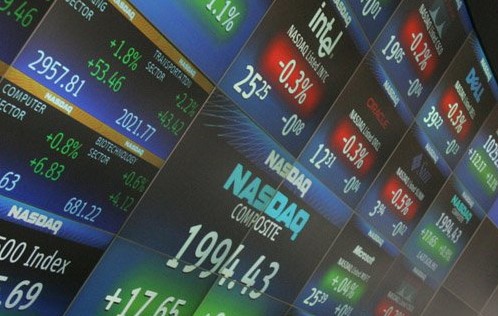Trading Tools
USD/JPY Trading
The USD/JPY is the ticker for the US dollar to yen exchange rate in the forex trading . This pair is popularly known as the Ninja, mainly because the famous heroic character originates from Japan. The USD-JPY belongs to the majors group in the forex market, and is the second most liquid currency pair, behind only the EURUSD . In the USD/JPY pair, the US dollar is the base currency, while the Japanese yen is the quote currency. When, for instance the price of the USD/JPY is 110, it means that one would require 110 Japanese yen to acquire 1 US dollar. The USD/JPY pair has always been popular among forex traders, as it provides volatility throughout, and particularly during ‘weird’ Asian hours, thus effectively ensuring a 24-hour market.
History of the USD/JPY
While the US dollar is currently the primary world’s reserve currency, there was a time in the 1980s when the yen was making a serious claim for that position. Japan’s extended economic decline, however, ensured the yen never achieved its ‘dream’, but the currency is still very dominant in the world’s trade and is the fourth largest reserve-held currency.
REGISTER NOWHighs and Lows
SJapanese government intervention in the markets has made the Ninja a pattern currency pair. Historically, the pair has remained contained within the 76-146 price range. In recent years, the range has been more between 85-130. But the pair posted its all-time highs of 306.84 in December 1985, and all-time lows of 75.74 in October 2011, during the global financial crisis.
Major Bodies Influencing the USD-JPY
The major body influencing the USD-JPY is the Bank of Japan (BoJ), notorious for numerous market interventions. The BoJ releases interest rates monthly, accompanying them with rate statements that will give traders and investors an idea of future policy direction. Japan’s Statistics Bureau also releases important data periodically that can have significant impact on the USD-JPY rate. As Japan’s economy is export driven, data such as Trade Balance, GDP and Current Account almost always spur much volatility on the USD to JPY. The US Federal Reserve will also impact the USD to yen pair, with major monetary policy decisions capable of forming on the pair. The US Fed releases interest rates eight times a year. Japan is an earthquake prone nation, and as such, the Japan Meteorological Agency is an important body that can influence USD-JPY prices. Severe earthquake warnings of the Earthquake Early Warning (EEW) system can pile pressure on the Japanese yen and consequently impact the USD/JPY rate.
USD-JPY Correlation
The USD/JPY has always shown a great correlation with crude oil trading price. This is logical, as Japan is one of the most industrialized nations in the world, and one of the largest importers of the commodity. The Japanese yen usually falls when oil prices rise, and vice versa. Thus, USD/JPY is positively correlated with oil. The pair will usually rise when oil prices are rising and fall when oil prices are falling. While this correlation does exist, it is vital to analyze the markets effectively before trading the USD/JPY pair.
REGISTER NOW

